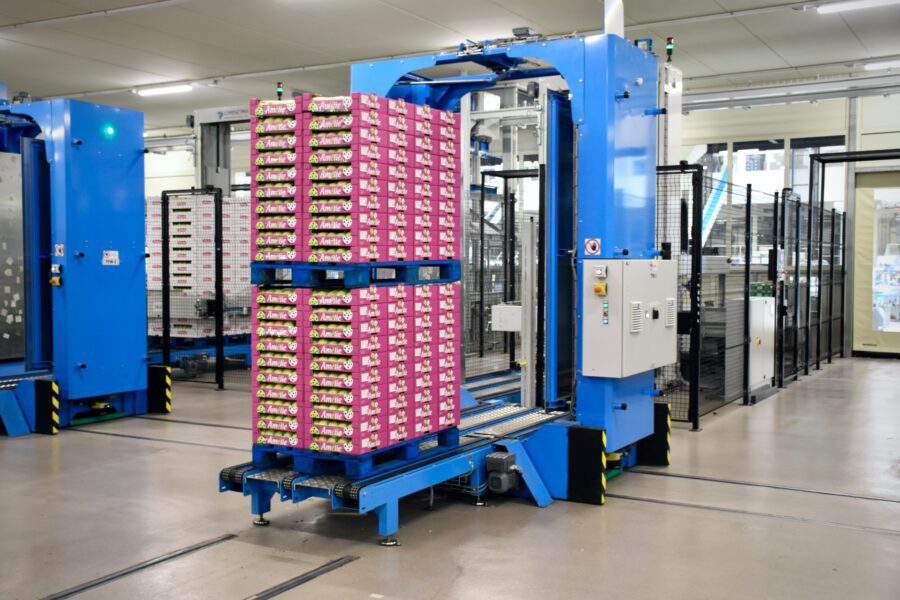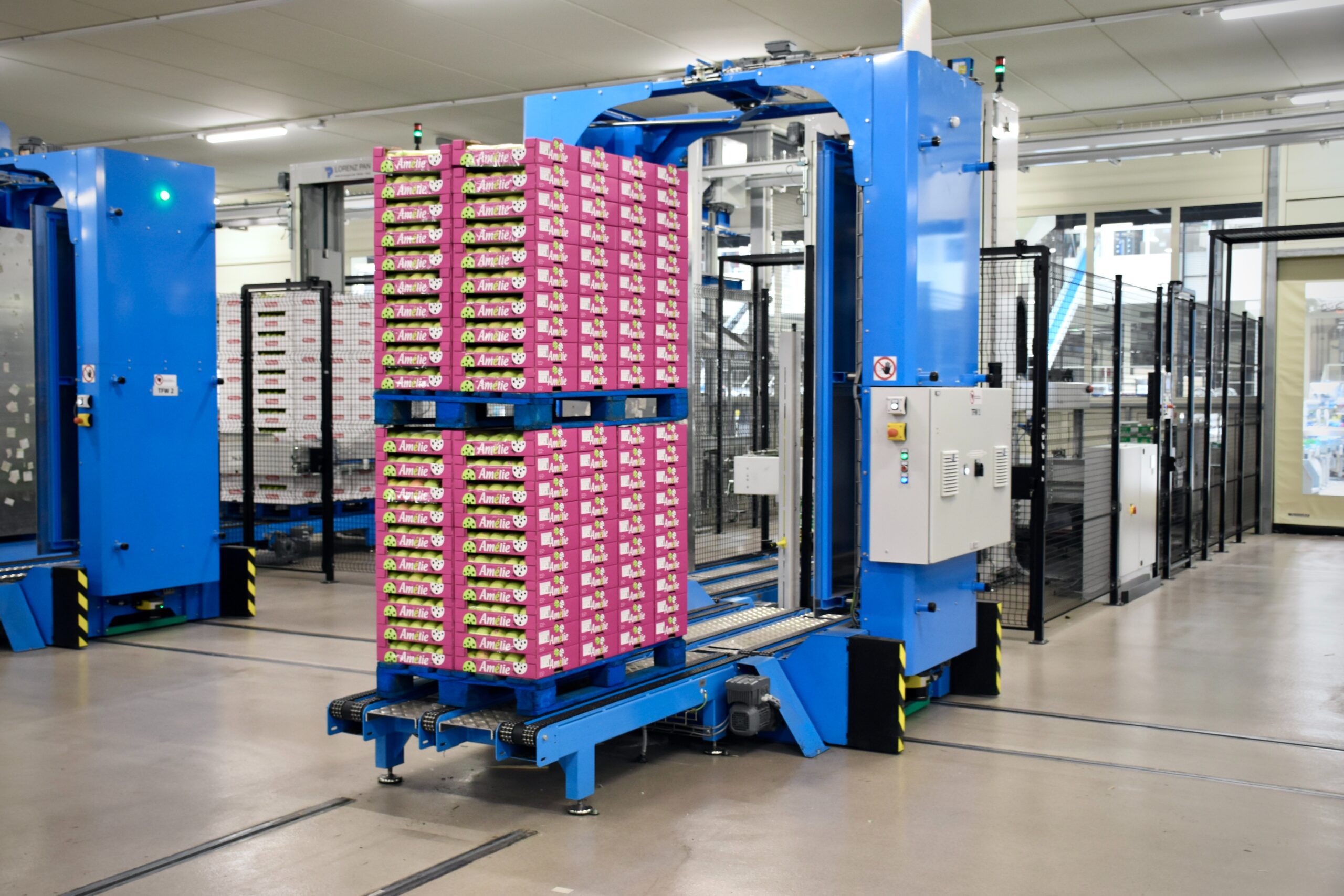Gone are the days when manufacturing processes were painstakingly manual, and human assistance was needed in every phase.
Nowadays, automation has become a prime goal for businesses and organizations. Automation is the process of minimizing human input in a work frame and making applications, tools, and strategies work automatically.

Automation can help businesses to save a considerable amount of time and costs. It will allow them to save costs of labor expenses and working time, increase accuracy, and reduce errors and omissions. A recent survey has revealed that AI-supported supply chain methods significantly benefit businesses.
You can also automate your warehouse and inventory management using the following methods.
Step To Implement Warehouse Automation
The successful implementation of automated processes can give you high ROI, save operating costs, and increase profits. The following steps will help you to start your automation journey
1. Determine Your Goals And Objectives
Before implementing any plan, you must conduct an in-depth analysis of your business operations and goals. Having an overview of your long and short-run strategic objectives would be best. Another essential factor to consider has an automation plan that can align with your current workflow to ensure minimum disturbance.
Determining automation goals should also include estimating the ROI. Basic calculations will give you a rough estimate of the ROI, cost reduction, and value-added to profits.

2. Collaborate With Stakeholders
A single department is not responsible for automation, nor is it a stand-alone task. The process requires extensive collaboration from various resources, teams, managers, leaders, and all stakeholders.
The automation strategy starts with taking the sponsors in confidence the moving down to the organizational structure. It would help if you collaborated with every resource, including engineers, IT professionals, managers, and teams. You can have significant benefits with collective experience and knowledge.
3. Create A Labor Model
Automation replaces the labor needs in your warehouse, especially if you are using robots. In some cases, it will effectively take over the work of employees, while in some, it may not give the desired results. You can have to calculate the outcome of atomization on the workforce precisely.
Due to these possible scenarios, you must create an effective labor model for your automation process.
4. Integrate the Automation Strategy With Your Existing Warehouse Management Software (WMS)
You must construct a plan that aligns with your existing or planned WMS. It will help you to pace up your automation process. You must select the right WMS software compatible with automation and future changes.
For example, if you are using multiple robots to automate inventory management. Then you must have a universal fleet management system.
5. Use Data Analytics
To improve the performance of your MWS and automation, you should continuously assess the data analytics, setting the right KPIs and objectives to know the effectiveness of your processes. This should reveal the gaps in the system and highlight areas of improvement.

Conclusion about Warehouse Automation
The above practices are expert-tested and trusted by many businesses across the globe. Do this right, and you can ensure a seamless transition of your conventional inventory management process into an automated inventory management system that works effortlessly.
Image Source: Unsplash
Image Source: Unsplash
Image Source: Pexels


